When it comes to finding a job, having the right skills can make all the difference. But what exactly are employers looking for? And how do you demonstrate key skills in a CV or biography?
Content
- What are professional skills
- Types of professional skills
- How to list key professional skills on your resume
- 7 secrets to a successful resume
- Common resume writing mistakes
In this article, we look at the key skills that employers look out for and give examples of how they can be effectively demonstrated.
What are professional skills
Occupational skills are the set of skills, knowledge and experience required to successfully perform a particular job or occupation. They include technical skills, specialized knowledge, communication and interpersonal skills, and problem-solving and teamwork skills.
- Technical skills are related to a specific area of work and may include knowledge of software, methods and technology, tool and equipment skills. For example, programming, design, financial analysis or marketing strategies.
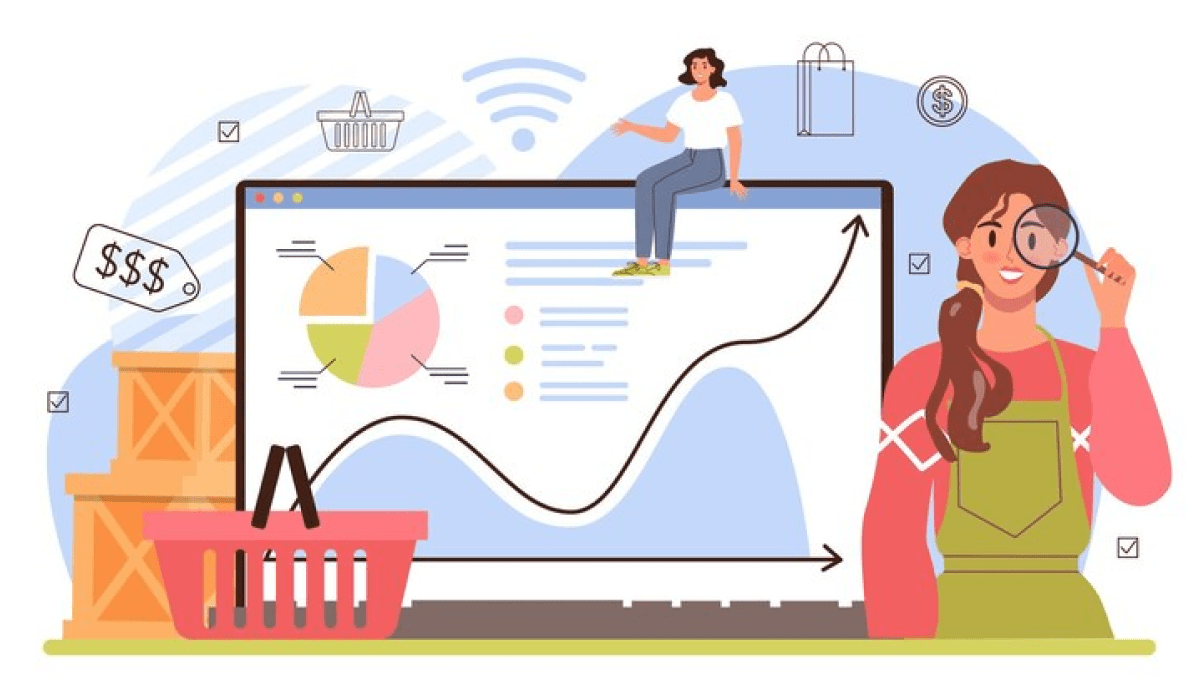
- Specialized knowledge refers to an in-depth understanding of a particular field or profession. This may be knowledge of legislation, procedures and standards, specific technologies or methodologies.
- Communication and interpersonal skills include the ability to communicate effectively with others, speak in public, listen, and establish good relationships with coworkers and customers.

- Problem-solving and teamwork skills include the ability to analyze a situation, find solutions and make decisions, and collaborate and cooperate with others to achieve a common goal.
Professional skills can be acquired through education, work experience, training, and self-education.
Types of professional skills
Divided into two types:
Hard skills are tangible, teachable skills that are usually job specific and can be defined and measured.
These may include:
- software proficiency
- foreign language skills
- the ability to operate certain equipment

the woman teaches sign language
Computer skills for resumes
In today's workplace, computer skills are practically a necessity. Employers typically look for candidates who know how to use common office programs such as Microsoft Office Suite, but specific requirements can vary from position to position.
For example, graphic designers need to be proficient in programs such as Adobe Creative Suite, while data analysts need to be proficient in data management tools such as SQL or Python. When writing a resume, you might include, "Knowledge of Microsoft Office suite including Word, Excel and PowerPoint" or "Experience with Adobe Photoshop and Illustrator to create graphic designs".
Soft skills are less tangible and harder to quantify. Despite being less tangible, soft skills are just as important as hard skills in the eyes of employers. They are harder to demonstrate, but they are highly valued because they influence how well you are able to work and interact with others.
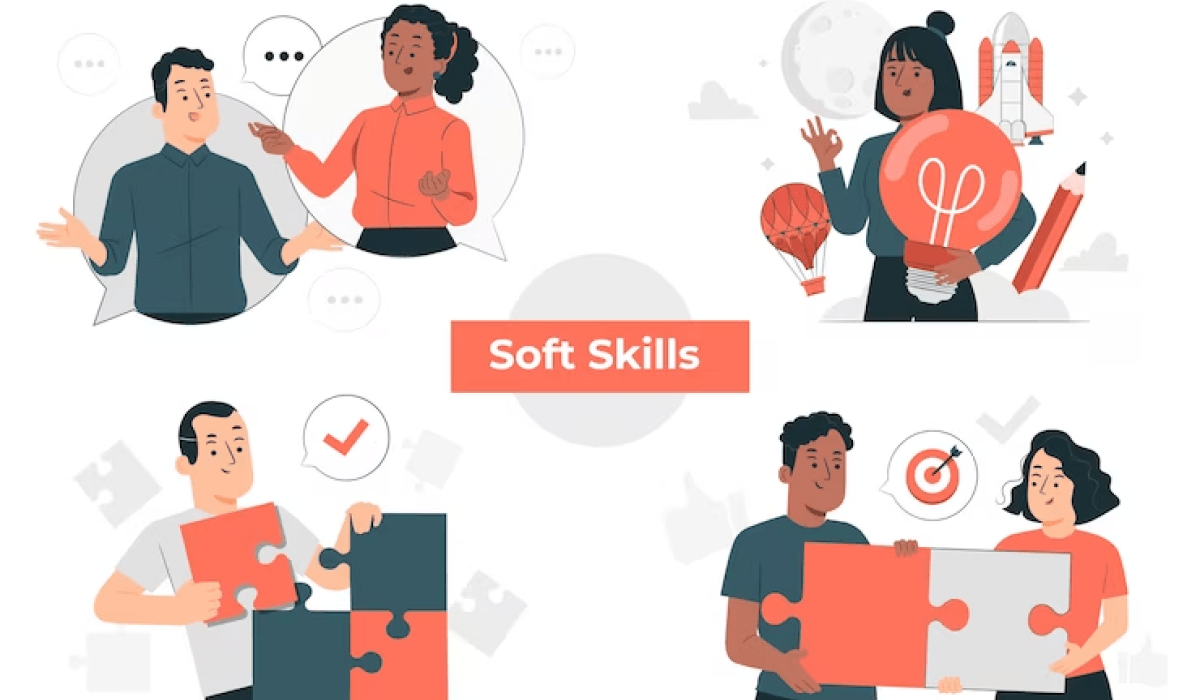
List of personal skills for a resume
Personal skills (Soft skills are the most important element of a resume).
Some key examples of personal skills include:
Teamwork. You can list instances of effective teamwork, such as "Collaborated with a diverse team of six people to successfully complete a high-level project".

Problem solving. You could give an example such as: "Effectively resolved customer complaints, resulting in a 20% increase in customer satisfaction."
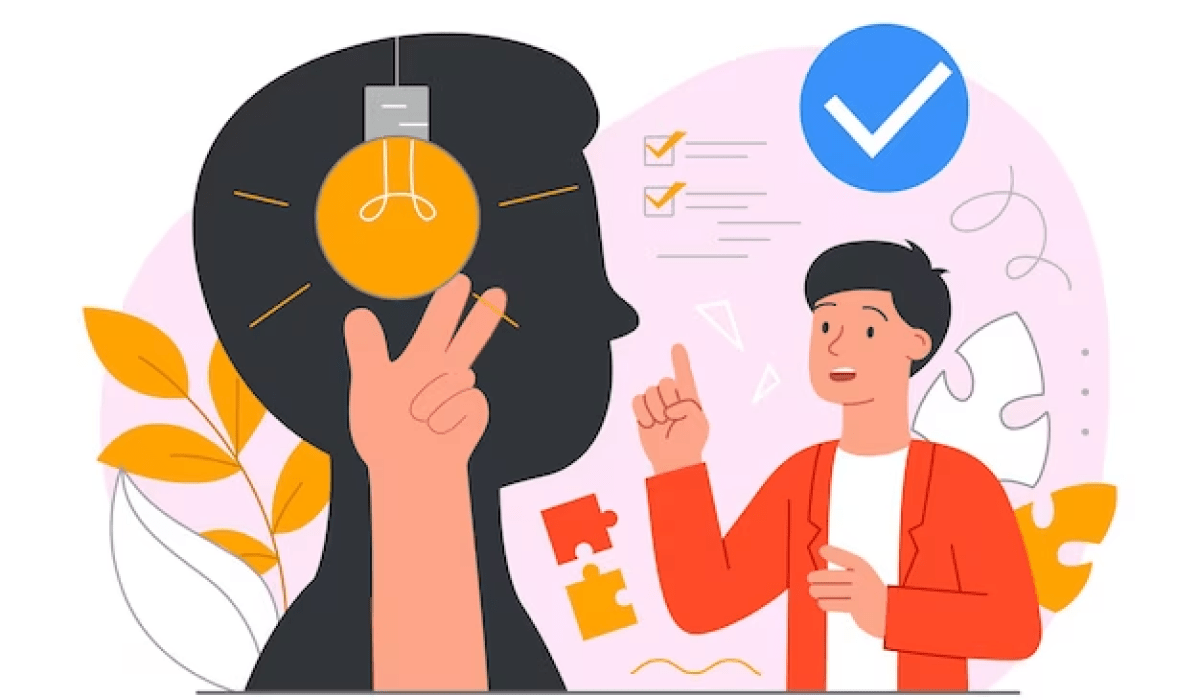
Communication skills (this includes both verbal and written communication skills). Provide examples of successfully communicating complex ideas, such as, "Delivered persuasive presentations to potential clients, resulting in a 15% increase in new contracts."

Leadership. If you have ever led a team or project, be sure to include this. For example, "Managed a team of five employees, ensuring that project deadlines were consistently met."

Adaptability. You can demonstrate this skill by saying: "Quickly adapted to new project management software, resulting in improved team workflow efficiency."
Remember, you need to not just list these skills, but also give examples of how you have used each of them in the workplace. This will help employers visualize how you can fit into their team and contribute to the business.
Creativity. You can say something like, "Developed a creative marketing strategy that increased brand awareness by 25%."
Time Management. Show that you are able to balance multiple tasks and meet deadlines. For example, "Effectively managed multiple projects simultaneously, ensuring all projects were delivered on time and within budget."
A strong resume combines both hard skills and soft skills to provide a comprehensive picture of a candidate's abilities. For example, a project manager might mention their proficiency in project management software (hard skill) as well as their ability to lead and coordinate a team (soft skill).
Example of key skills on an art designer resume
An art designer resume should ideally showcase a balanced mix of hard skills and soft skills. For example, hard skills might include proficiency in design programs such as Adobe Illustrator, InDesign, or Sketch. Technical skills such as UX/UI design, typography, color theory, or print design may also be listed.
Watch free video lessons from CODDY instructors in the "Digital Design for Beginners" course.
In terms of soft skills, an art designer can demonstrate the creativity needed to create ideas and concepts. Finding effective solutions and time management are important skills to meet project deadlines without sacrificing quality. Communication skills are essential for a designer to understand the client's objectives and present design ideas effectively.
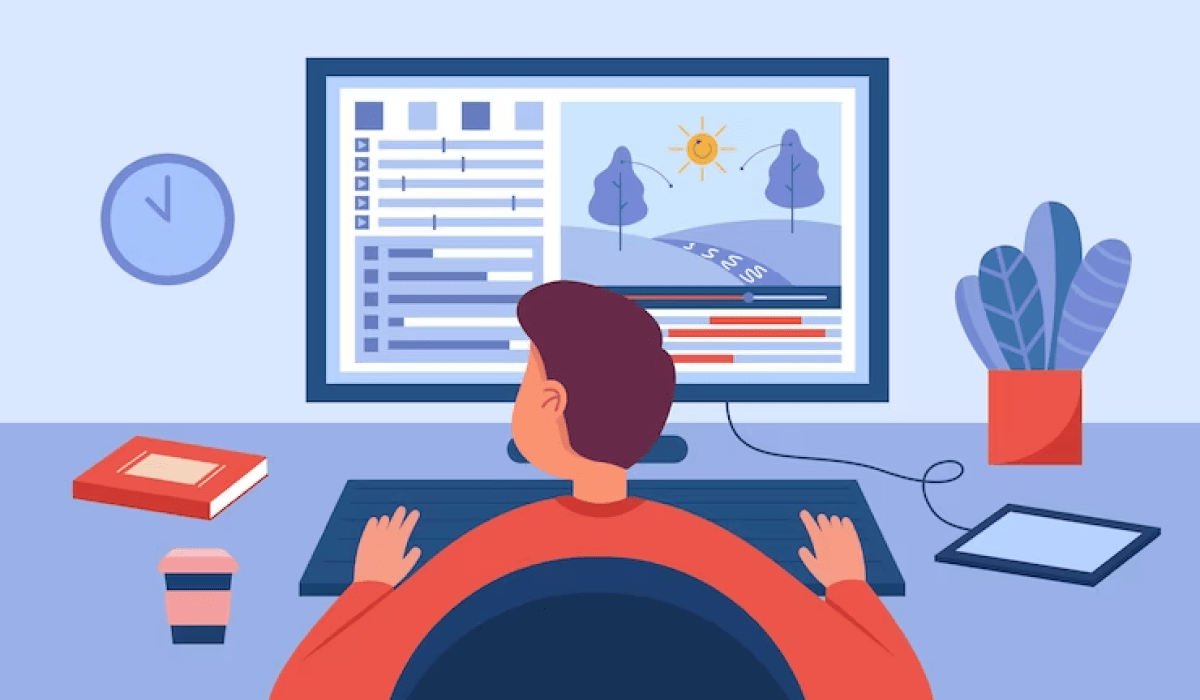
Seven secrets to a successful resume
These tips will set you apart from other candidates.
- Emphasize accomplishments. Instead of simply listing responsibilities in previous jobs, highlight specific accomplishments and results you've achieved. This will help the employer understand your potential and abilities.
- Professional formatting. Make sure your resume has a clear structure and good formatting. Use headings, sections, bulleted lists, and bold type to emphasize key elements. Maintain a consistent font style and size.
- Customization. Each resume should be customized for a specific job opening. Highlight key skills and requirements in the job ad and emphasize their corresponding sections on your resume.
- Language and spelling. Check for correct grammar and spelling. Avoid repetition and slang.
- Examples and References. If relevant, provide examples of your work, links to portfolios or projects you have completed.
- Updating and personalization. Update your resume regularly to reflect your most recent experience and accomplishments. Also, personalize each resume according to the requirements of the specific job or company to demonstrate your interest and preparation.
Be honest and accurate in your resume. Do not exaggerate your skills or accomplishments, and prepare for questions about the information you describe in an interview.
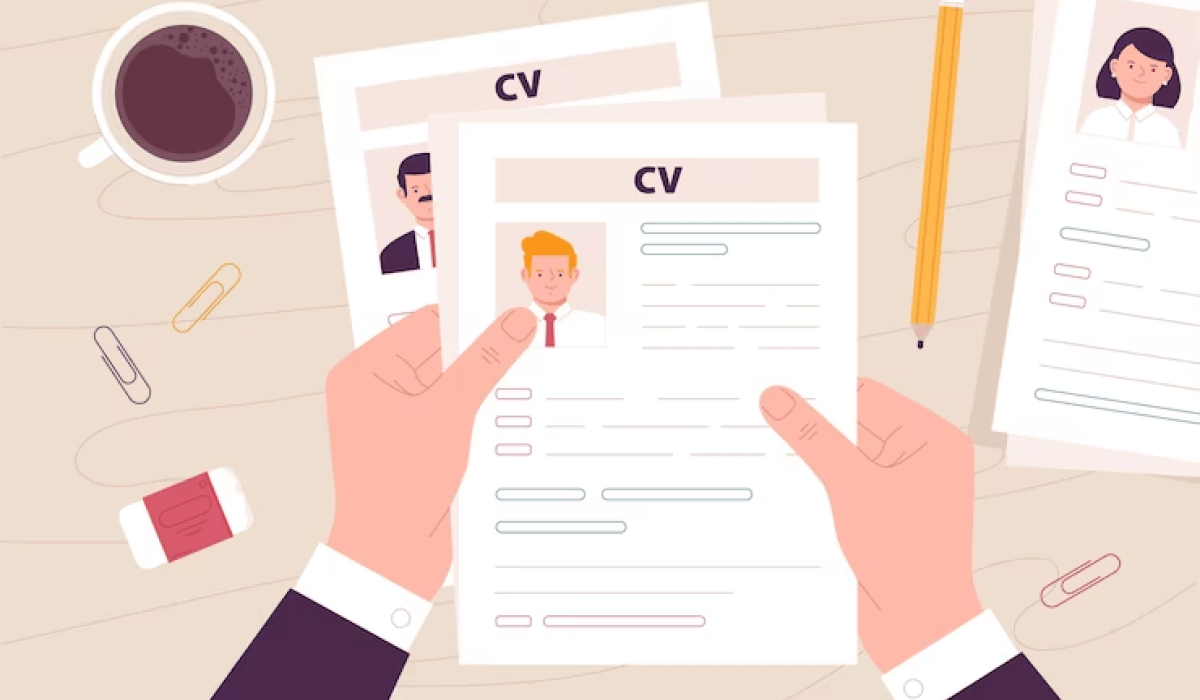
Common mistakes when writing a resume
Avoid these mistakes to increase your chances of success in your job search.
1. Lack of targeting:
- Error: List all previous jobs, even if unrelated to the vacancy.
- Example: Include barista job details on a resume for a computer programmer position.
2. Inadequate formatting:
- Error: Disorderly placement of information, lack of headings and sections.
- Example: Listing work experience without using sections, making it difficult to read and understand.
3. Unnecessarily long summary:
- Error: Excessive amount of information, text overflow.
- Example: A resume that is more than two pages long, with detailed descriptions of each responsibility.
4. Lack of specifics and accomplishments:
- Error: Simple listing of responsibilities, without mentioning specific results and achievements.
- Example: Specifying "Responsible for project management", without specifying the size of the budget or specific accomplishments.
5. Grammatical and spelling errors:
- Error: Incorrect use of grammar, spelling errors.
- Example: Describe the skill as "Programming in Pyton" instead of "Programming in Python".
6. Using too many technical terms:
- Error: Overloaded with technical terms that can be difficult to understand for an employer outside your field.
- Example: Use of specialized abbreviations and terms without explaining their meaning.
7. Insignificant or inappropriate additional information:
- Error: Inclusion of insignificant or inappropriate additional information that is not relevant to the job.
- Example: Specifying hobbies and interests that are not relevant to the job requirements.
It is important to be careful and double check your resume for such errors. Careful editing and tailoring your resume to the requirements of a specific job opening will help make it more attractive to the employer.

***
Start learning this popular programming language on the course "Creating 2D and 3D Games in C#". The C# language is used to write a wide variety of applications: from small desktop programs to large web portals and web services that serve millions of users every day. The program is designed for beginners and will smoothly introduce you to the IT sphere.





